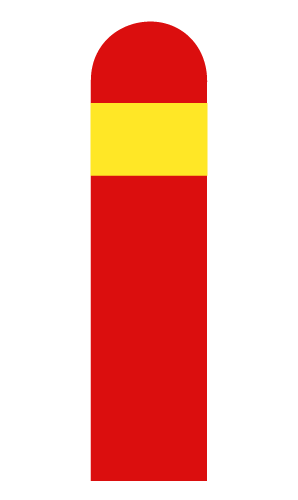Objectives
Upon completion of this lesson students should be able to:
- Identify different types of fire.
- Identify firefighting equipment.
- Demonstrate use of a fire extinguisher.
Reading & Lecture
The Four Types of Fires
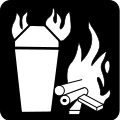 |
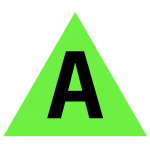 |
Wood bases, cloth, paper, rubber, certain plastics |
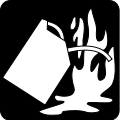 |
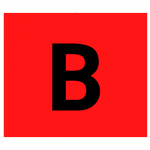 |
Flammable liquids, gases, greases, petroleum products |
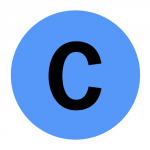 |
Electrical equipment | |
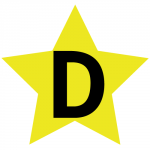 |
Combustible metals |
CLASS A Fires
These fires occur with ordinary combustible material such as wood, pyritic ore, coal, cloth, paper or oil rags. These materials leave ashes after the fire, so you can associate Class A fires with Ashes. Class A fires are usually fought with water, which cools and dampens the fuel. Also, some special dry chemicals are used to quickly extinguish the flame and prevent reflash.
CLASS B Fires
These fires are burning flammable liquids, such as gasoline, greases, hydraulic oil, diesel fuel, and lubricating oils. The fire occurs in the fumes over the surface of flammable and combustible liquids. Typical Class B fires occur with spills or pools of liquids found near rubber-tired vehicles, drills, bulk fuel storage areas, maintenance shops, and lube operations. Class B fires involve liquids that Boil. These fires are fought with dry chemicals, foam, vaporizing liquids, carbon dioxide and water fog.
CLASS C Fires
These are electrical fires. Typical electric fires include electric motors (as used in fans), batteries, battery chargers, transformers, and circuit breakers. You can associate Class C fires with the electric Current. Class C fires are fought with non-conducting agents, such as dry chemicals, carbon dioxide, and vaporizing liquids. If the current is still on do not fight the fire with water or foam because these conduct electricity, and thereby pose another hazard to fire fighters. Once electricity is cut off the fire can be treated as a Class A or B fire, thereby permitting use of water.
CLASS D Fires
These fires involve combustible metals such as magnesium, titanium, zirconium, and sodium. These fires require special extinguishing agents and fire fighting techniques. Normal extinguishing agents should not be used to fight Class D fires because they could make the fire worse. This is because they may have a hazardous chemical reaction with the burning metal.
Video: Mine Fire Training
Video: Coal Mine Fire Training
When a fire is discovered, your immediate reaction in fighting the fire is crucial. Mere seconds are available for preventing the spread of the fire. For this reason you should know where the nearest fire extinguisher is located, and whether it is permissible for this type of fire. If you are uncertain about the contents of the extinguisher, read the main instructions on the body of the canister.
For most portable fire extinguishers, you usually have to stand no more than 8 feet from the fire. Direct the stream at the base of the flame, not higher up at the smoke. A 30-pound extinguisher will normally last 18 to 25 seconds. Do not turn your back to a fire. When the fire is extinguished, back away from it and watch for any flare up.
Fire Fighting Equipment and Methods
The mine’s fire prevention and fire fighting plan is designed to reduce the opportunity for a fire starting, and should one occur, to limit the extent of its destruction. The damage resulting from a fire can be minimized through adequate fire protection. Fire protection consists of monitoring and controlling fire hazards, available fire fighting equipment, especially portable fire extinguishers, and the personnel who are trained to use the equipment effectively in the event of a fire. The following are some good fire prevention techniques.
Basics of Fire
- The necessary ingredients of a fire are fuel, oxygen, and heat. Fire fighting calls for removal of at least one of these ingredients. The fuel can be moved to a safer location. Oxygen can be sealed off from the fire, thereby suffocating it. Or the fire’s heat can be reduced by cooling the fuel.
- Fires have been classified into four types based on the kind of fuel involved in the fire. These different kinds of fires are fought in different ways. In fact, using the wrong kind of chemical to extinguish the fire can even spread the fire further.
Video: Types of Fire Extinguishers and Their Uses
Video: Fire Extinguisher Types and Uses
Fire Extinguisher Types



